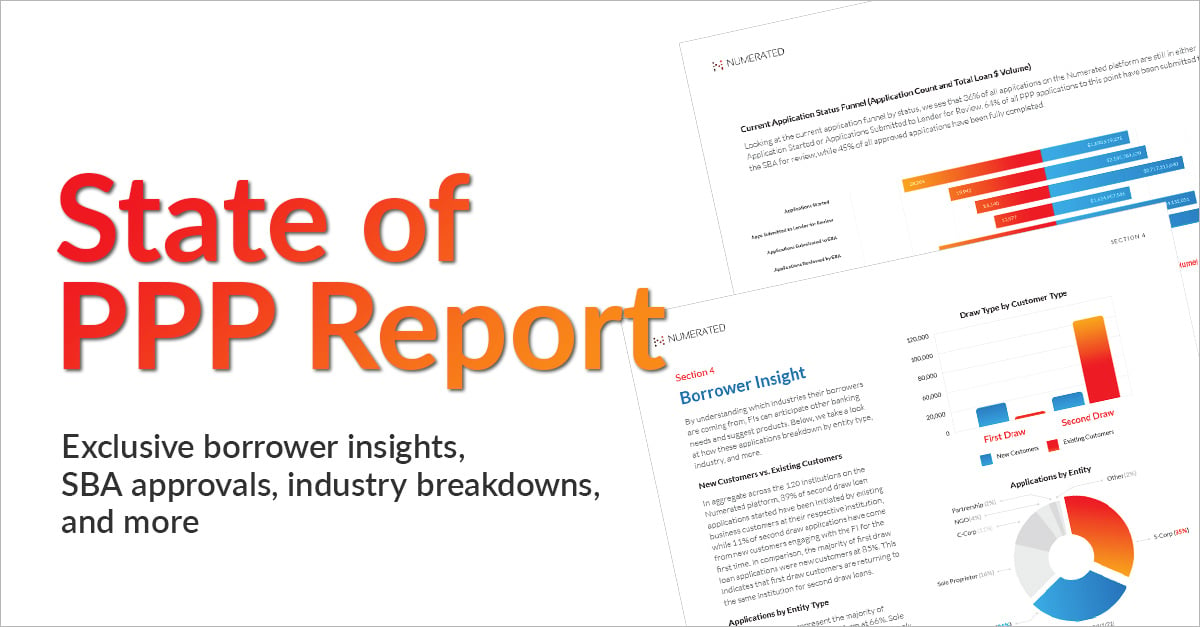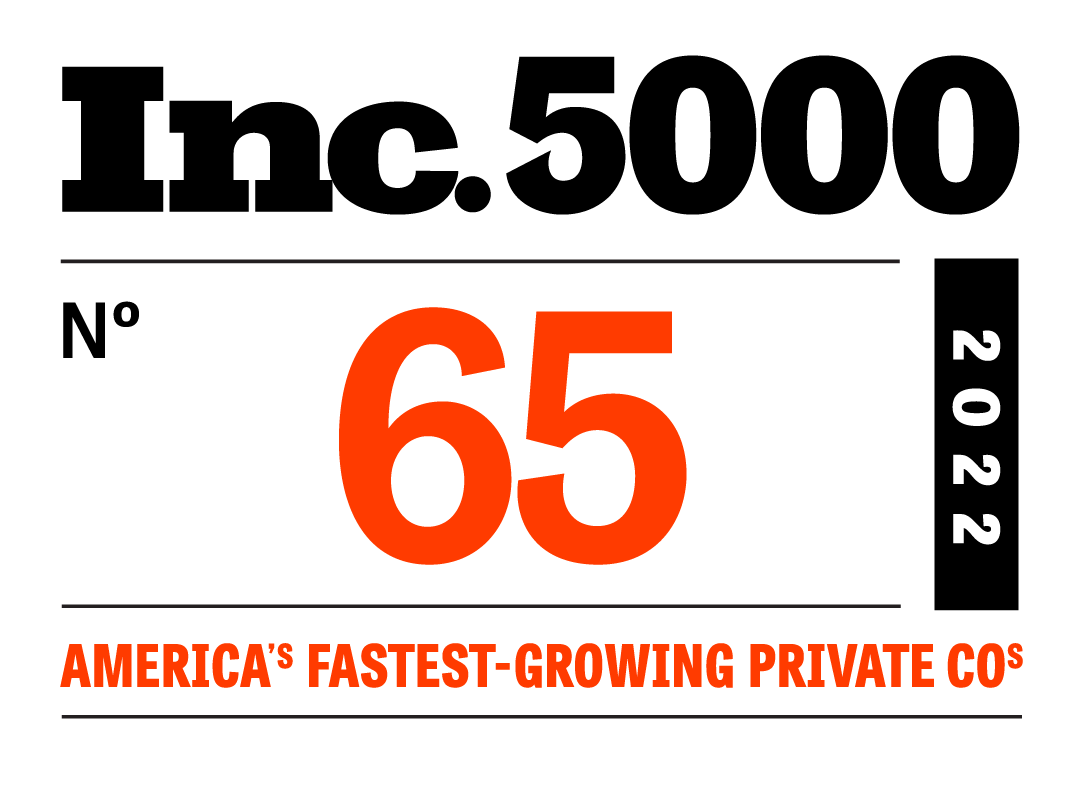
COVID-19 and PPP put banks and credit unions under a kind of stress they haven’t seen since the financial crisis. These events have forced institutions to close branches to lower the rate of viral transmission, while also dealing with a massive crush in demand spurred by government relief efforts.
As banks and credit unions navigate these uncharted waters, having a pulse on the state of the program will help them better prepare for the future. In addition, it allows them to take advantage of opportunities that help them get a leg up on their competition as they move into the new normal.
Our State of the PPP Report is the culmination of a detailed analysis of data from the new round of PPP lending. We have gathered the top five takeaways from the report below. Download the full State of PPP Report here.
The State of PPP: 5 Takeaways Based on Data Through Feb. 1
Here are the top five takeaways based on PPP data through Feb. 1:
- Self-service is proving a differentiator for lenders: A fundamental change defining this round has been borrowers adopting--on a massive scale--self-service tools to secure their PPP loan. The data shows that, of more than 133,000 applications started by borrowers on the Numerated platform, more than 80 percent were completed through the borrower self-service portal.
This insight underscores a larger trend that has been taking place throughout the industry for the last decade and that is the accelerated digital transformation of commercial banking.
More than 100 lenders rolled out self-service functionality for PPP loans for the first time during this round, and the effort was met with great fanfare among borrowers. Aside from customer satisfaction, however, this new tool is proving a serious value-add for lenders in terms of efficiency. According to Steve Jones, chief operating officer at Suncrest Bank, the efficiencies gained through self-service has helped the bank go from utilizing 50-60 percent of bank staff working on PPP to a team of just four people. - PPP demand is high: The 2020 stimulus bill, which sent $284B to the Small Business Administration to reopen PPP, is the third such infusion of capital the program has received to date. The first round of funding was depleted in record time. When the program was reopened with a second round of funding this past summer, it closed at the end of August with billions left unspent. Based on current demand, it’s unlikely this round of lending is closed before all funds can be depleted. At the height of demand during the first two rounds of PPP, the Numerated platform processed upwards of $250m/hour in PPP loans. At the height of lending during this round, that rate topped $400m/hour.
- SBA approvals don’t happen overnight: Unlike previous rounds of PPP lending, approvals in this round are not happening in real-time via the E-Tran API. Instead, in an effort to reduce fraud, the SBA is reviewing applications in batches and responding in a matter of days, rather than minutes. At the time of reporting, the average time for an SBA response sat at roughly 5.5 days.
- Second Draw Loans make up the majority of demand: Borrowers that have already received and used a PPP loan from a previous round are the primary group of borrowers looking for further government assistance during this round. Second Draw Loans account for nearly 85 percent of all loans started on the platform this round.
- The Accommodations and Food Services industry maintains highest demand for PPP loans: Adjustments to PPP over the course of the last year have provided more insights into borrower demographics. An analysis of borrowers by industry found that businesses in the Accommodations and Food Services industry outpaced all other industries in application volume. Retail and Wholesale Trade wasn’t far behind, at No. 3.
Get Further Insights and Analysis on Borrowers, Industries, and More
At Numerated, we’ve partnered with more than 120 lenders during this round of PPP to help them process First and Second Draw loans for their borrowers. Our State of PPP Report is based on an analysis of platform data from the current round of lending and covers more than 133,000 PPP loans, totaling more than $15B in relief funds.
For further details on the takeaways above, and for more insights in addition to the ones mentioned in this blog, download the State of PPP Report, here.







